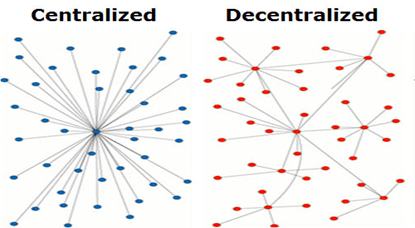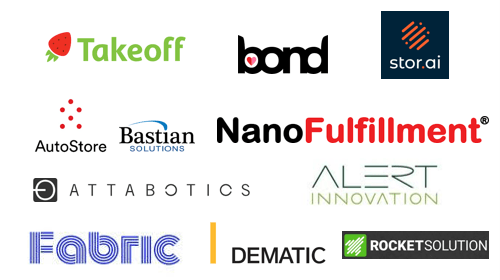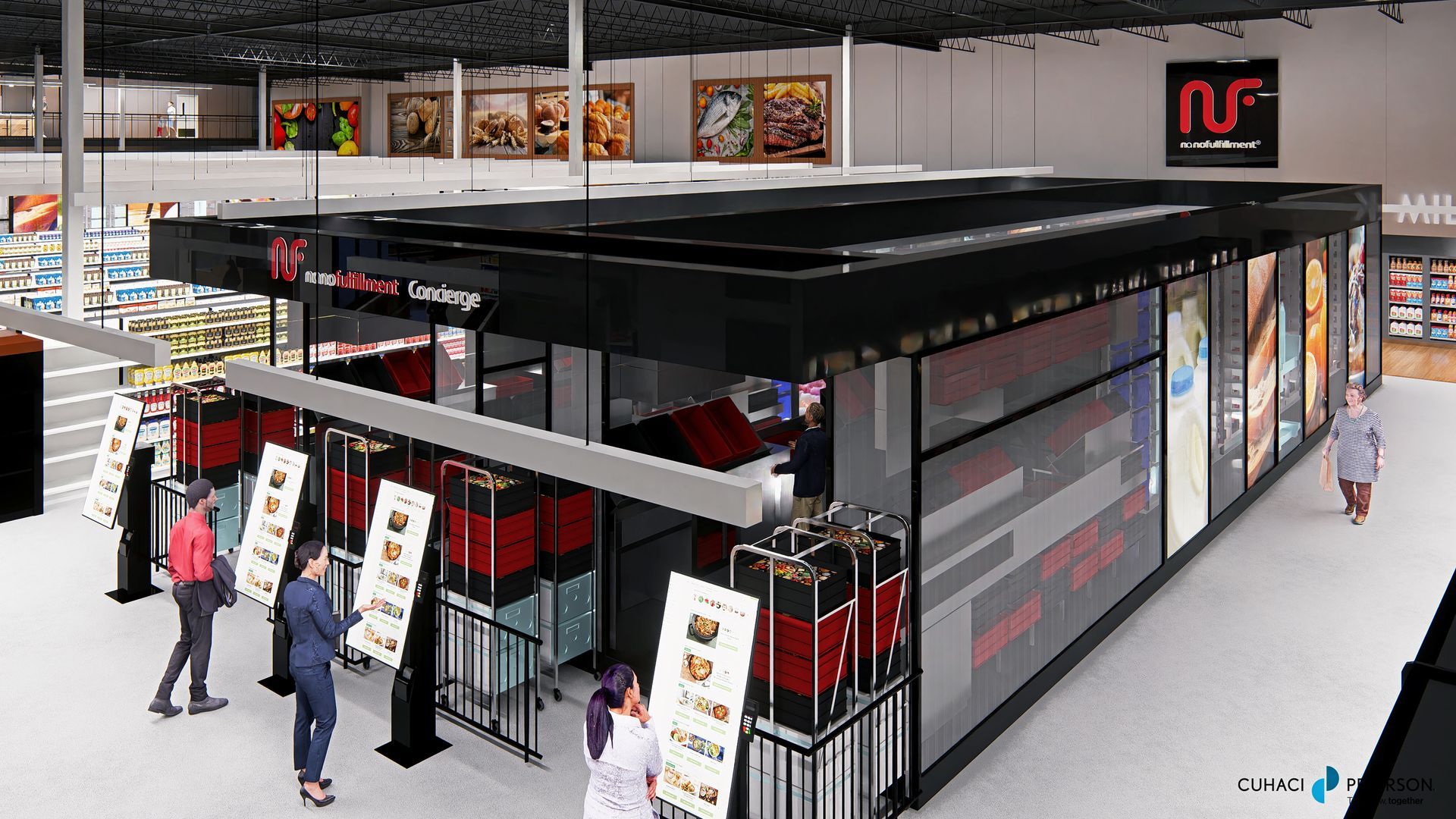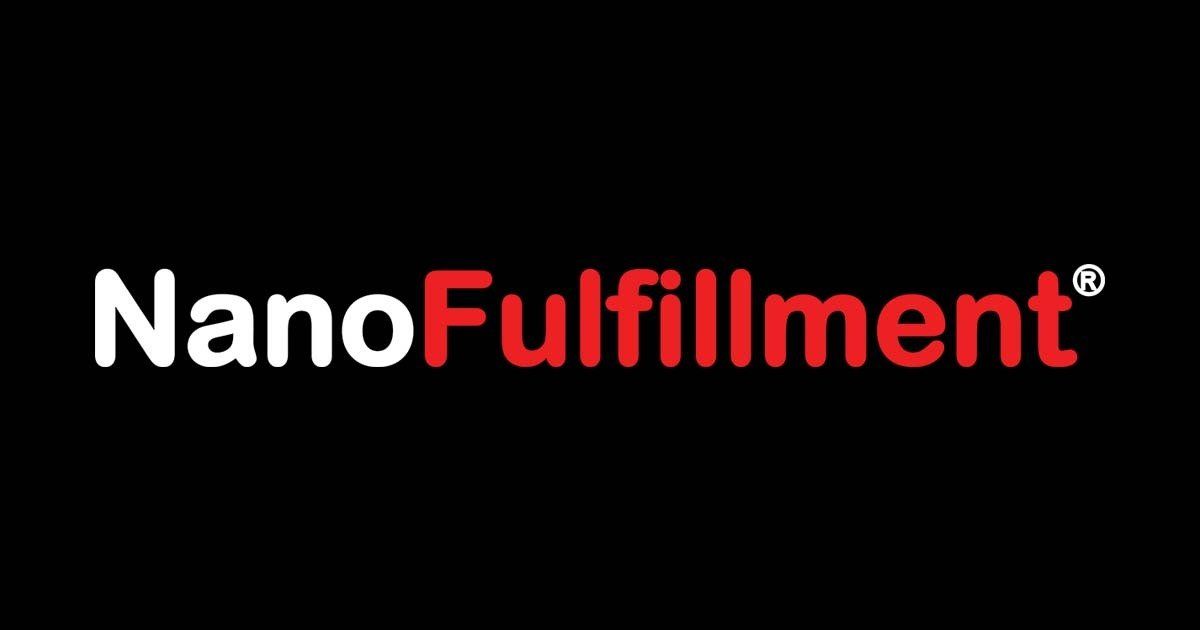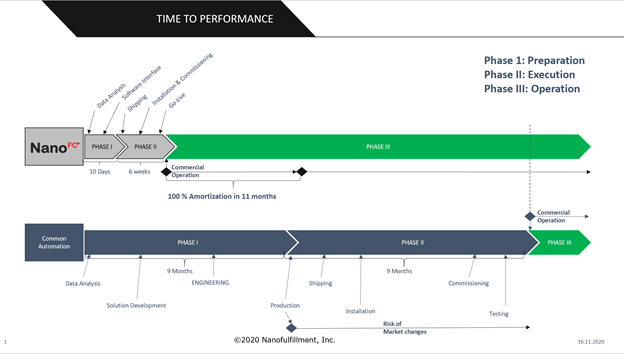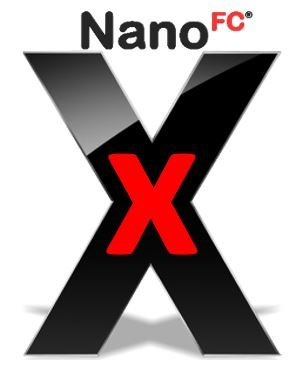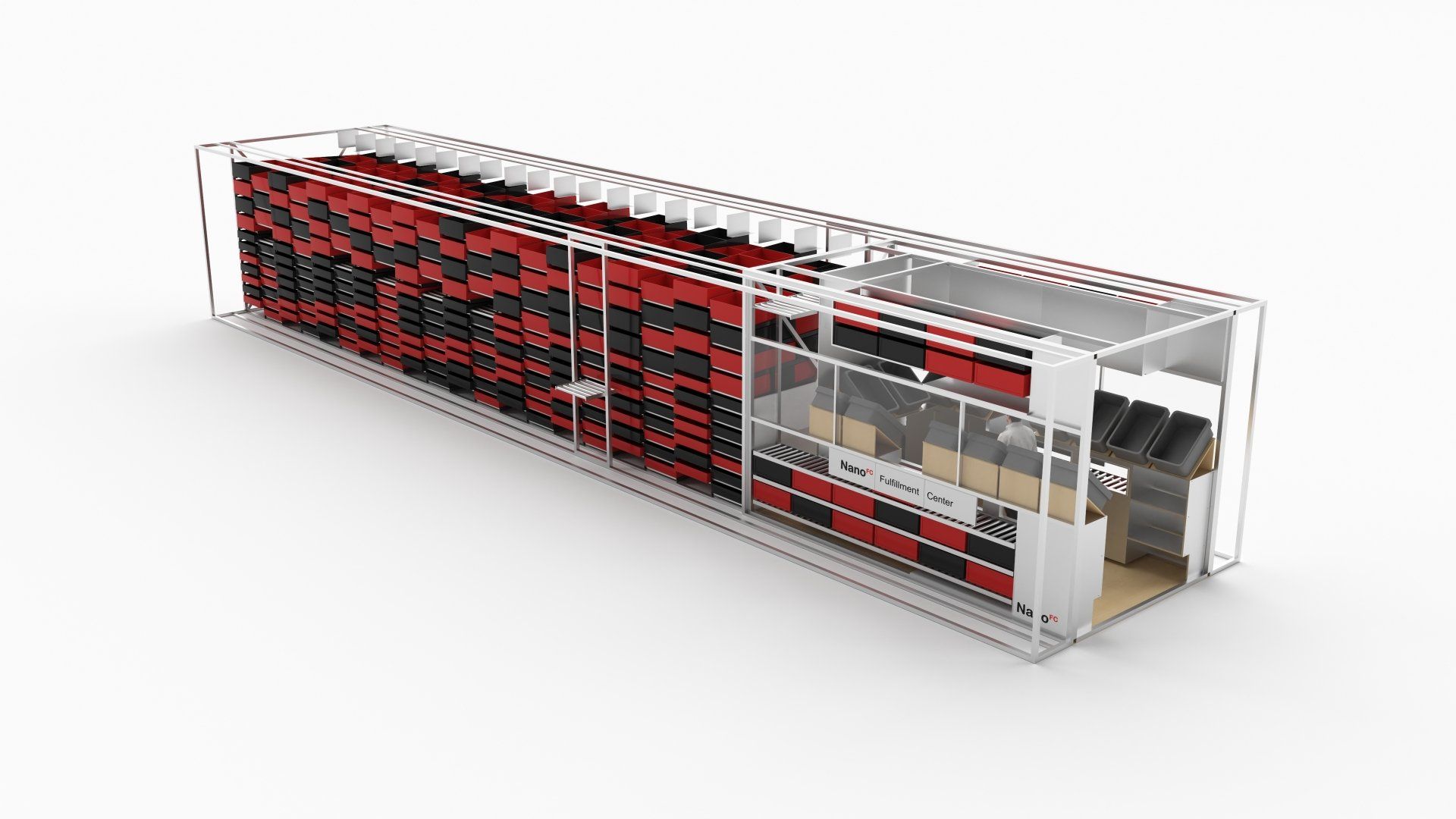Centralized vs. De-Centralized Fulfillment
Centralized vs De-Centralized Fulfillment in the age of E-Commerce
The year is 2021. The year after our initiation to one of the most disruptive Black Swan events in history, - Covid-19. The Covid-19 pandemic has undeniably changed our world as we know it. While we as individuals look back at how we have adapted, from increasing our E-Commerce purchases to experiencing “zoom-fatigue” but also enjoying the convenience online shopping delivers, retailers are forced to question themselves whether they have to change their supply chain strategy. The question is not should they change how they do business, but how?
The paradigm shift that the supply chain industry is experiencing can be summarized as the shift from centralized fulfillment to de-centralized fulfillment. But what is the right strategy? How do retailers leverage new techniques, such as Microfulfillment and last-mile delivery without risking too much, but enough to stay ahead of their competition? While for some it appears, the writing is on the wall, others may disagree. Let’s take a look.
With centralization, a company elects to keep its entire inventory in one, or it opts to utilize a few major hubs that focus on a large region. Decentralization on the other hand utilizes numerous warehouses or stores that would concentrate on smaller geographic areas, bringing inventory forward and closer to the end customer. These locations are much smaller than a centralized warehouse, therefore less expensive and consequently offer better scalability and much faster order fulfillment.
In short, the focus for retailers has shifted towards speed and convenience. In the aviation industry we have already seen this paradigm shift. The same logic applies to the supply chain industry, which brings us to Microfulfillment.
As described by CB Insights: “Micro-fulfillment is a strategy retailers use to make the fulfillment process more efficient — from receiving an online order to packing it and in some cases offering last-mile delivery. The approach aims to take the speed of localized, in-store pick-up and combine it with the efficiency of large, automated warehouses. Further, placing micro-fulfillment centers (MFCs) within cities can substantially reduce the distance between an ordered product and a customer, making last-mile delivery cheaper and quicker.” https://bit.ly/2NZ3RR4
The sheer growth in this specific niche market is mind-blowing! There are now over a dozen companies offering automation to empower retailers seeking to shift towards Microfulfillment. Just to name a few:
The question retailers must ask themselves is should they embrace a Microfulfillment strategy? Both centralized and de-centralized fulfillment have merit. They are both proven strategies. However, the one major competitive advantage Microfulfillment boasts is the ability to add automation to fulfilment operations at a fraction of the cost of centralized fulfillment. Automation significantly reduces the cost of fulfilling orders and de-centralization closes the gap to last-mile-delivery. This advantage can be of strategic importance. Gone are the days where automation had to be a multi million-dollar investment.
Now retailers can leverage the benefits of a de-centralized fulfillment strategy and add automation to their operations. This is a game changer and opens new possibilities for small to medium sized companies to develop ever more competitive operations. It is specifically these SMB’s that the automated system suppliers have ignored in the past. And that is about to change!
After all, customers want speed and convenience. It is about time retailers rethink their supply chain strategy!
#ThinkNano #GoNano #De-CentralizedFulfillment #hyperlocal #Nanofulfillment


